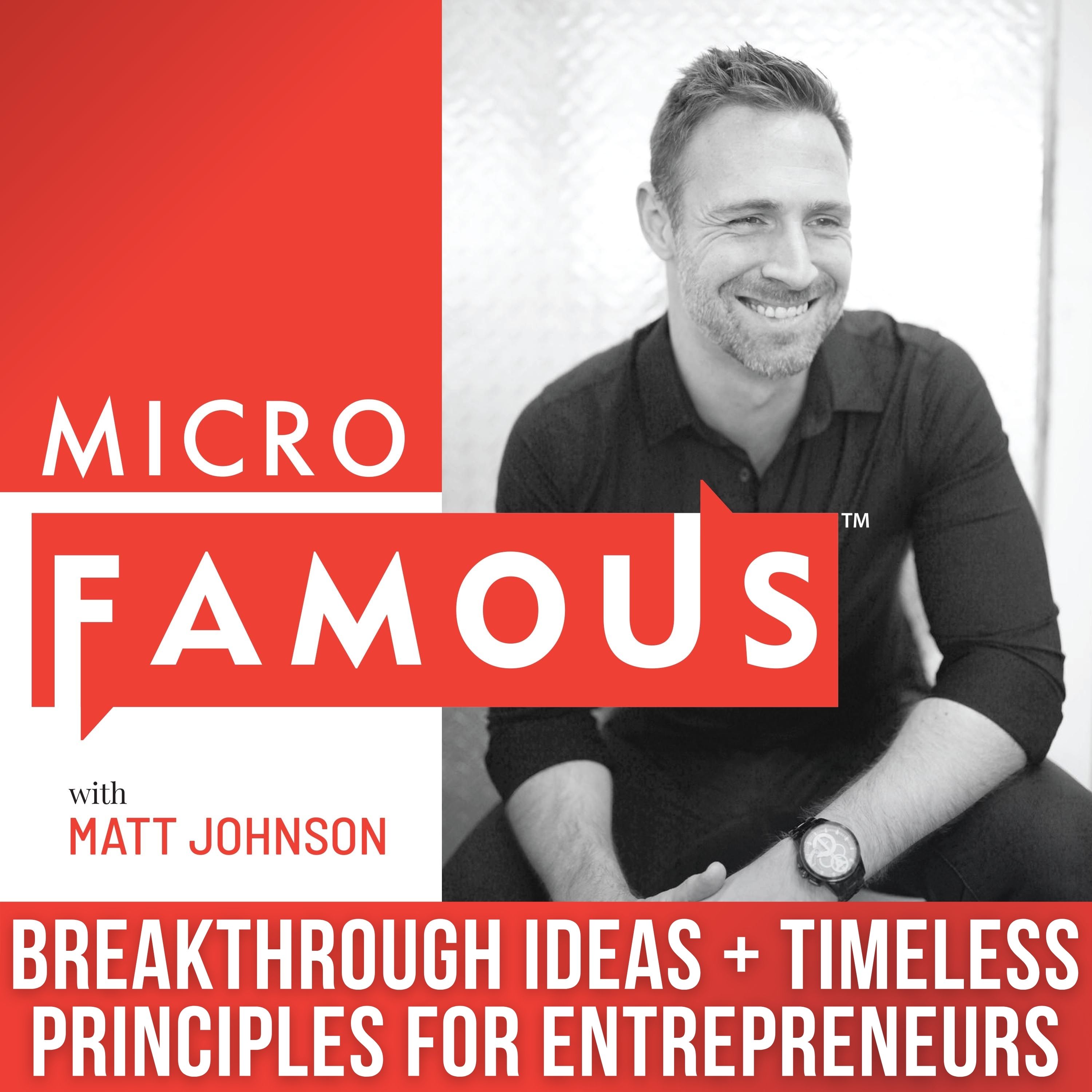Here’s Why Social Media Has Changed So Drastically Just in the Last Few Years (& What It Means for Experts Trying to Build Influence Online)
Description
I came across a really interesting video the other day and I wanted to share a short clip and some thoughts.
The gentleman you’re about to hear is Jaron Lanier, he’s known now as a sort of Silicon Valley philosopher and futurist, with a background as both an entrepreneur in virtual reality in the 80s, to working at Microsoft as an interdisciplinary scientist. He's also a composer and musician, so a super interesting guy and clearly a very deep thinker.
So I want to play you this clip, and it’s in response to the question: “Why does social media have an effect on politics, is it because of the way people respond to things on social media?”
Here’s they key part of Jaron’s response that jumped out to me:
YouTube link: https://youtu.be/kc_Jq42Og7Q?t=672 (https://youtu.be/kc_Jq42Og7Q?t=672)
Here are 3 lessons I take away from Jaron’s perspective.
1. To be successful on social media today, you must tap into emotions that rise quickly and generate quick, impulsive responses.
Controversial opinion posts can do this. There are copywriters I’ve stumbled across on Facebook who are really good at this.
That’s also why opinion posts work so well. Especially when they are short, easily readable, or offer a few preset options people can choose from without thinking.
It’s also why social media experts tell you to talk about random things and talk about your business only a tiny bit. In fact, the more randomness, the better in terms of getting engagement.
2. Jab, Jab, Jab, Right Hook Doesn’t Work Anymore
You are in an artificial space, very different from a typical public square. It isn’t just about who shouts the loudest or most often.
There is an algorithm that stands between your content and your audience. And that algorithm is looking for very specific, fast, impulsive responses.
If it doesn’t see that kind of response, your post doesn’t go very far.
Which changes the game. When Gary Vee’s book, Jab, Jab, Jab, Right Hook came out, the algorithm was much less sophisticated.
You could post value, value, value and then post an ask, and roughly the same people would see each post. So it makes perfect sense.
Now that has completely changed.
A very small portion of your audience will see a post, and if it doesn’t get the right kind of engagement the algorithm is looking for, your post doesn’t go beyond that small portion.
And because business oriented content isn’t going to outperform most personal and social content on a social platform, guess which posts are the most likely to get squashed down by the algorithm?
It’s your right hooks. The posts where you expect people to see your call-to-action for your business.
So what happens when you give value, value, value and then when you go post something about your business a call-to-action, the algorithm squashes THAT post?
It’s like a boxer who does the jab, jab, jab and whenever he goes in for the right hook, the referee holds his arm back. I wouldn’t box under those circumstances, I’d get my butt kicked.
3. To actually deliver the “right hook,” you have to pay to play.
The social media companies have figured out this genius business model.
They let you build an audience, they let you get a taste of reaching them for free.
Then they pull the rug out from under you, cranking your reach down to 1-5% of your audience and asking you to pay to reach the rest of them.
So there’s no free lunch when it comes to social media.
And as Jaron Lanier pointed out, the way social media companies measure engagement has changed, and it’s not in favor of emotions and responses that build trust or positivity.
Unfortunately when it comes to selling professional services, trust is a huge component of what we’re trying to build with our content.
So an algorithm that rewards only content that generates immediate and mostly negative emotional responses makes social media a very tough...
More Episodes
For creative entrepreneurs, there’s always a tension between the creative projects we want to undertake, and the need to make it easy for people to understand the niche we fit into.
It doesn’t make sense for us to be everything to everyone, but niching down is challenging because it feels like...
Published 06/02/22
Published 06/02/22
Joe Rogan is the exception that proves the rule.
For every 3 hour episode of Joe Rogan, there's a podcast that is shortening up their average episode.
And rightfully so, I think.
We're going on 10+ years of long-form interview podcasts, and the format itself is no longer rare and...
Published 05/19/22


